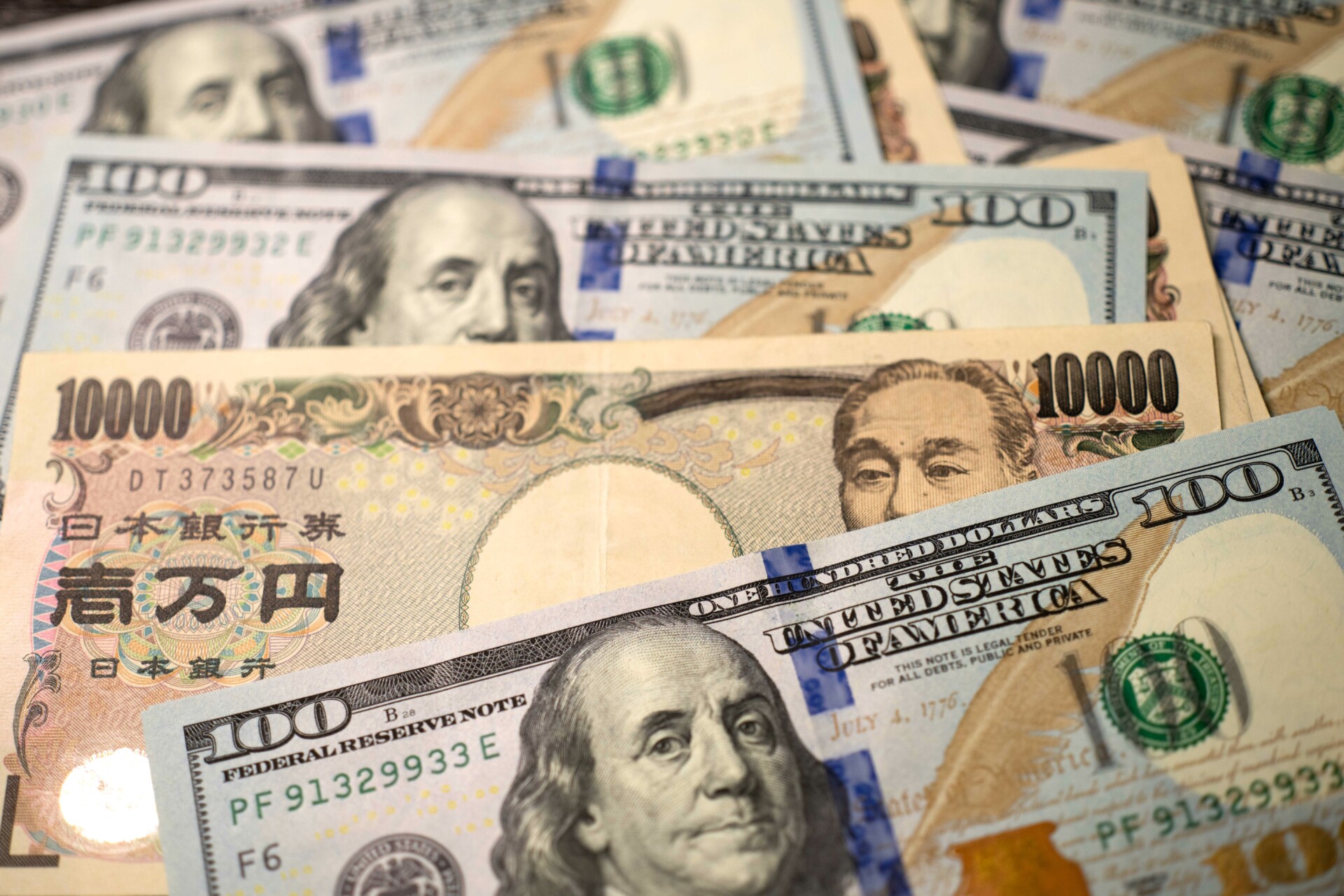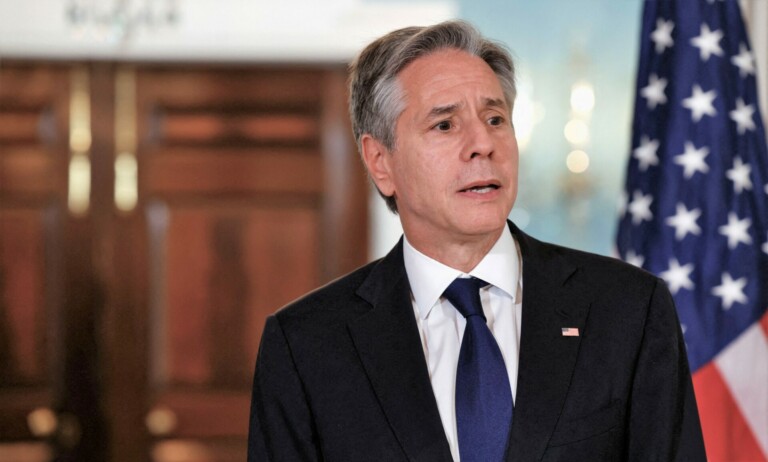The U.S. dollar edged up on Tuesday, as U.S. retail spending picked up in July better than expected.
Retail sales grew 0.7 percent in July, the U.S. Commerce Department reported Tuesday. That was above both the 0.4 percent increase projected by Refinitiv economists and the 0.2 percent gain recorded in June.
The dollar index, which measures the greenback against six major peers, rose 0.02 percent to 103.2057 in late trading.
“The fact that the labor market is still strong is a support for spending,” said Richard Moody, chief economist at Regions Financial.
Nonetheless, Moody expected consumer spending to slow after the summer months in categories such as travel, entertainment and recreation. “There’s only so long strength in that is going to persist,” he said.
The U.S. dollar briefly surged earlier in trading after the data before it declined, and it later rebounded.
Alex Kuptsikevich, FxPro’s senior market analyst, said that Wednesday’s release of the minutes of the latest Federal Reserve policy meeting could provide an important clue as to the direction of travel, and it is more likely that the greenback’s path will be determined at the end of next week during the Fed’s Jackson Hole symposium.
In late New York trading, the euro was unchanged at 1.0904 U.S. dollars, and the British pound rose to 1.2705 U.S. dollars from 1.2675 dollars in the previous session.
The U.S. dollar bought 145.6500 Japanese yen, higher than 145.5120 Japanese yen of the previous session. The U.S. dollar fell to 0.8788 Swiss francs from 0.8790 Swiss francs, and it rose to 1.3492 Canadian dollars from 1.3469 Canadian dollars. The U.S. dollar rose to 10.8578 Swedish Krona from 10.8109 Swedish Krona.







